In the quest for a healthier and more comfortable living environment, home dehumidifiers play a pivotal role. These devices, crucial for regulating the moisture levels in indoor spaces, can significantly impact our well-being and the durability of our homes. This article delves into the critical aspects of home dehumidifiers, breaking down their importance, functionality, selection criteria, maintenance tips, and the latest technological advancements. By understanding these elements, homeowners can make informed decisions, ensuring their living spaces remain conducive to health and comfort.
Table of Contents:
– Why home dehumidifiers are essential
– How home dehumidifiers work
– Choosing the right home dehumidifier
– Maintaining your home dehumidifier
– Latest trends in home dehumidifier technology
Why home dehumidifiers are essential
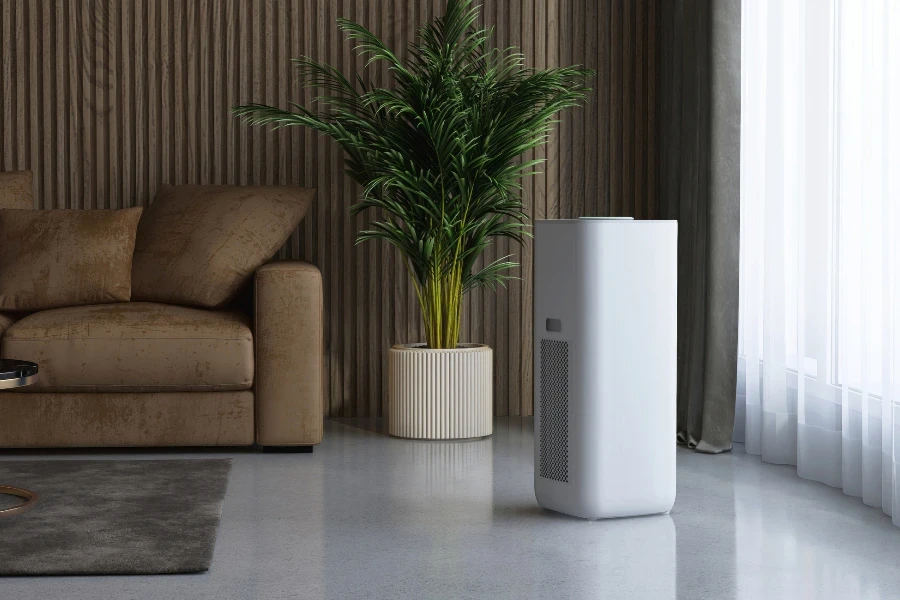
High humidity levels within a home can lead to a plethora of problems, ranging from health-related issues such as allergies and respiratory conditions to structural damage including mold growth and wood rot. Home dehumidifiers address these concerns by maintaining optimal humidity levels, thereby creating a healthier living environment. Moreover, they contribute to a more comfortable atmosphere by reducing the sticky feeling associated with high humidity.
Excess moisture in the air can also exacerbate the presence of dust mites and mold, which are common allergens. By keeping the humidity in check, home dehumidifiers help minimize the risk of allergic reactions and improve indoor air quality. Additionally, they protect household items, such as electronics, musical instruments, and books, from moisture damage.
The importance of home dehumidifiers extends beyond comfort and health. Energy efficiency is another significant benefit, as these devices can help air conditioning systems run more effectively. With lower humidity levels, air conditioners can cool spaces more efficiently, leading to reduced energy consumption and lower utility bills.
How home dehumidifiers work
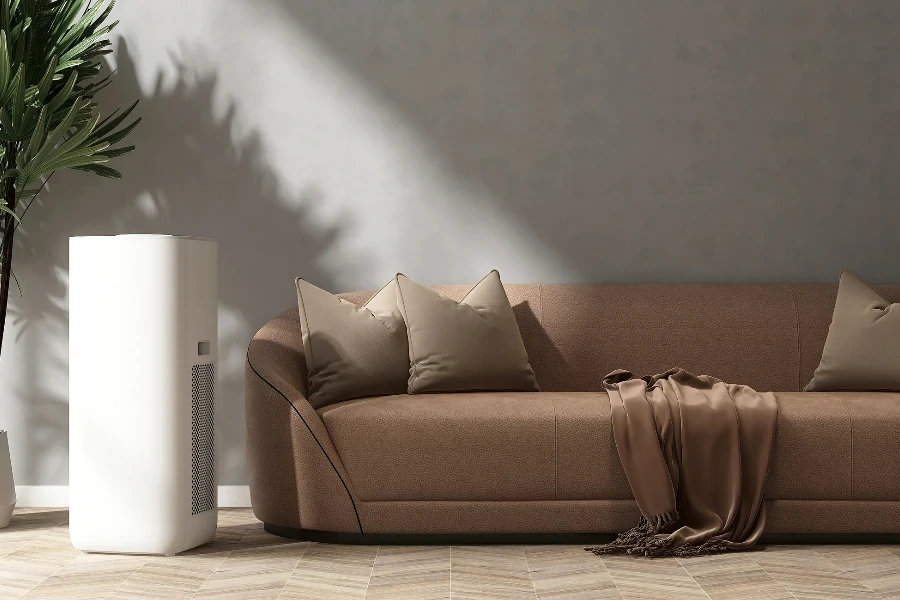
Understanding the functionality of home dehumidifiers is key to appreciating their value. At their core, these devices operate by drawing in moist air, removing the moisture, and then releasing the drier air back into the room. This process involves a fan, a cooling coil, and a heating element. The fan pulls air into the unit, where it passes over the cooling coil, causing the moisture in the air to condense into water. This water is then collected in a tank or drained away, while the air is reheated and circulated back into the room.
The efficiency of a home dehumidifier is often measured in pints of moisture removed per day. This capacity varies across models, making it essential to select a unit that matches the size of the space and the specific humidity challenges it faces. Additionally, modern dehumidifiers come with various features such as adjustable humidity settings, automatic shut-off, and digital displays, enhancing their convenience and effectiveness.
Air filtration is another critical aspect of how home dehumidifiers work. Many models include filters that capture dust, pollen, and other airborne particles, further improving indoor air quality. This dual function of moisture and particle removal underscores the multifaceted benefits of home dehumidifiers.
Choosing the right home dehumidifier
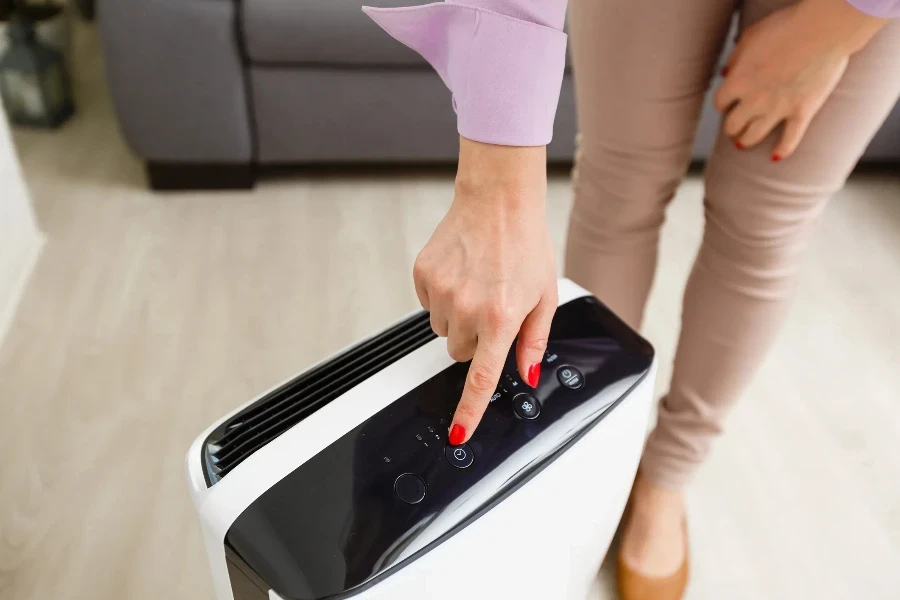
Selecting the appropriate home dehumidifier involves considering several factors, including room size, humidity levels, and specific needs such as noise sensitivity or energy efficiency. For larger areas or spaces with high humidity, a dehumidifier with a higher capacity will be necessary. Conversely, for smaller rooms or areas with moderate humidity, a compact unit may suffice.
Energy efficiency is an important consideration, given the potential impact on utility bills. Look for dehumidifiers with Energy Star ratings, as these models are designed to operate more efficiently without sacrificing performance. Additionally, features such as programmable timers and humidity sensors can contribute to more efficient use by allowing the device to run only when needed.
Noise levels are another crucial aspect, especially for units placed in bedrooms or living areas. Many modern dehumidifiers are designed to operate quietly, minimizing disturbance. Reading reviews and product specifications can help identify models that balance performance with low noise output.
Maintaining your home dehumidifier
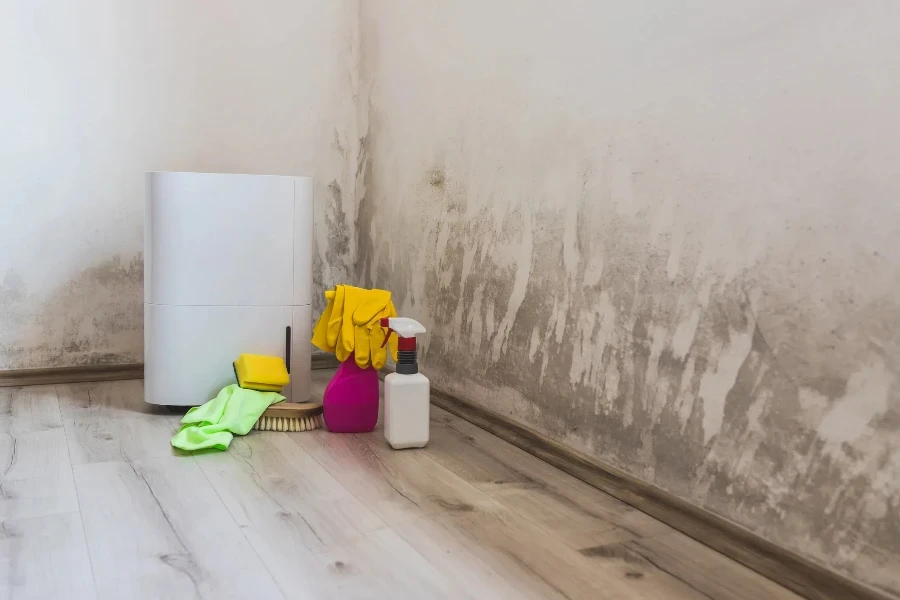
Regular maintenance is vital to ensure the longevity and effectiveness of a home dehumidifier. This includes tasks such as cleaning the air filter, emptying and cleaning the water tank, and checking for any blockages in the air intake and exhaust. Neglecting these steps can lead to reduced efficiency, higher energy consumption, and potential health hazards from mold and bacteria growth within the unit.
It’s also important to monitor the humidity levels in your home and adjust the dehumidifier settings accordingly. Over-dehumidifying can lead to overly dry air, which can cause irritation to the skin and respiratory system. A hygrometer can be a useful tool for keeping track of humidity levels, ensuring they stay within a comfortable and healthy range.
By following the manufacturer’s guidelines for care and maintenance, homeowners can extend the life of their dehumidifier and maintain a healthier indoor environment. Regular checks and cleanings not only ensure optimal performance but also help identify any potential issues before they become major problems.
Latest trends in home dehumidifier technology
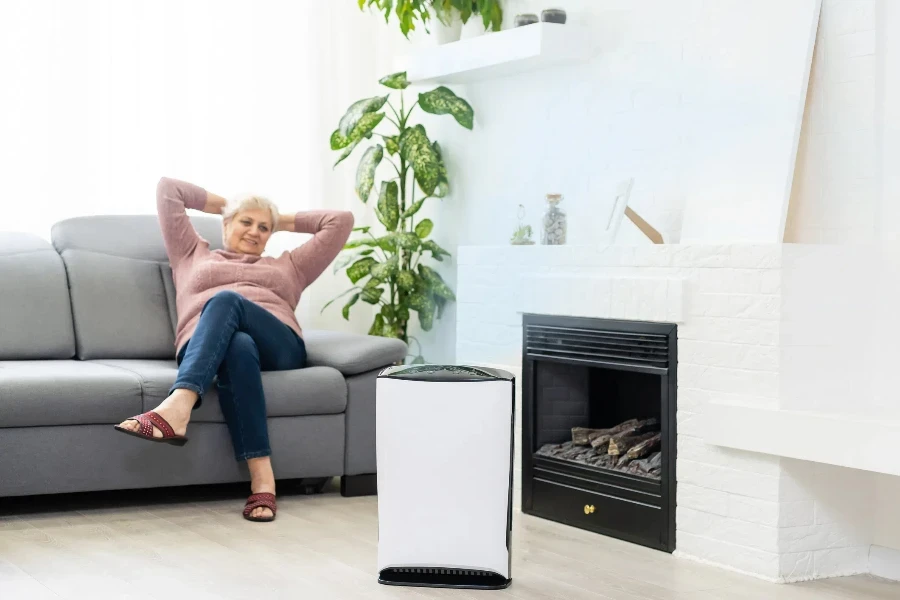
The evolution of home dehumidifier technology continues to bring more advanced features and improved efficiency. Smart dehumidifiers, which can be controlled via smartphone apps, offer unparalleled convenience, allowing users to adjust settings, schedule operations, and monitor humidity levels remotely. This integration with home automation systems represents a significant step forward in managing indoor air quality more effectively.
Energy efficiency remains a key focus, with newer models boasting advanced compressors and refrigeration systems that reduce electricity consumption. These technological advancements not only lower operating costs but also contribute to environmental sustainability by minimizing the carbon footprint of maintaining a comfortable home.
Furthermore, the development of more compact and aesthetically pleasing designs means that home dehumidifiers can seamlessly integrate into any decor. This shift away from bulky, industrial-looking units to sleeker, more modern designs allows homeowners to maintain optimal humidity levels without compromising on style.
Conclusion:
Home dehumidifiers are essential for maintaining a comfortable and healthy living environment. By understanding how they work, selecting the right model, and adhering to proper maintenance practices, homeowners can effectively manage indoor humidity levels. With the continuous advancements in technology, home dehumidifiers are becoming more efficient, convenient, and aesthetically pleasing, making them an indispensable part of modern homes.



